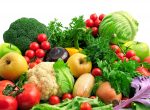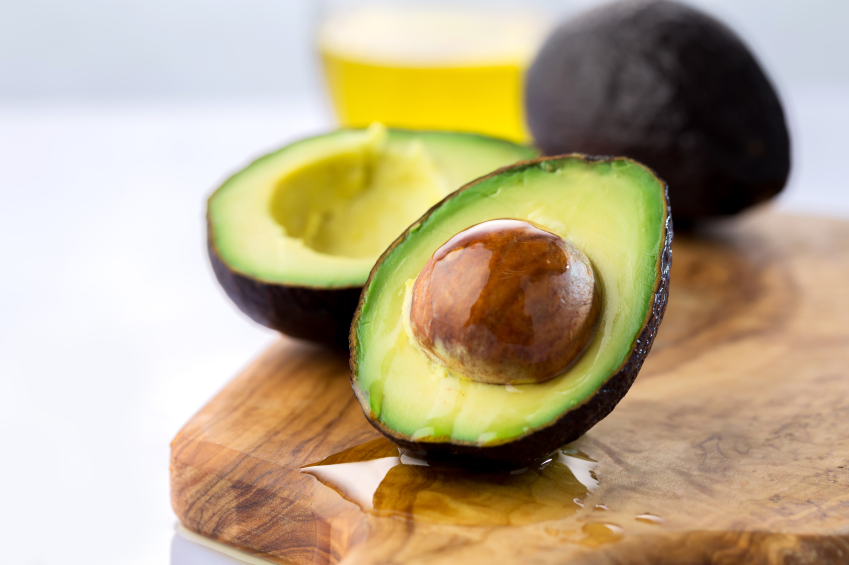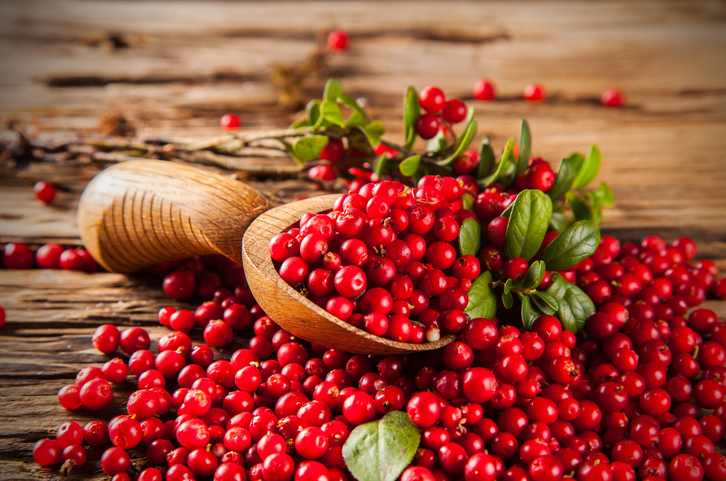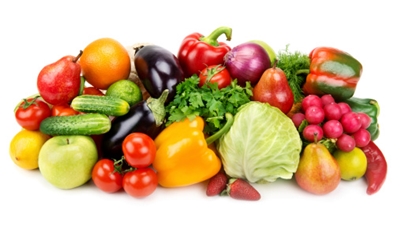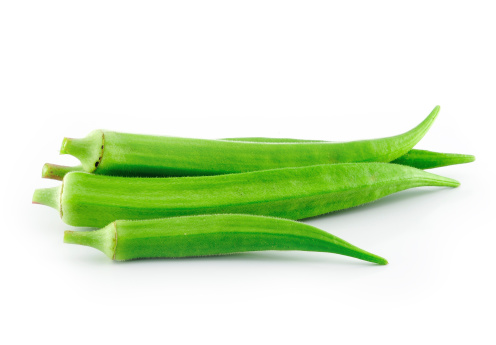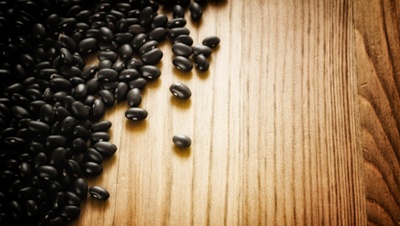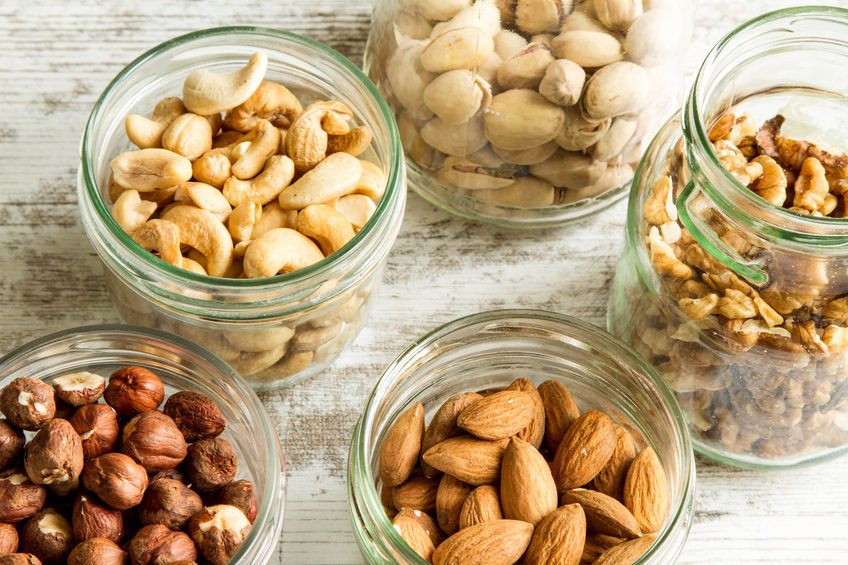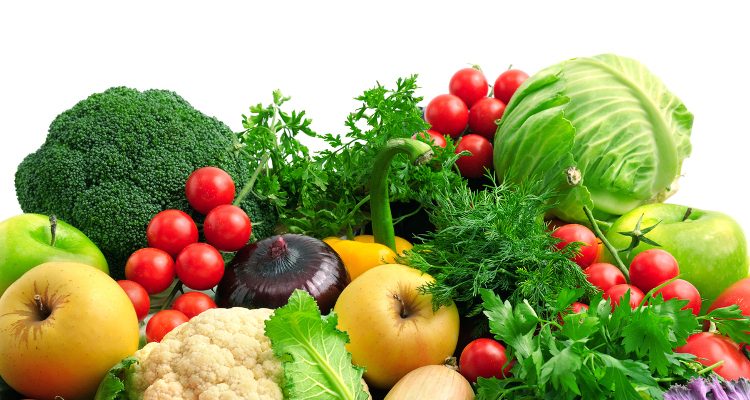
Fiber may not sound as important as other components, but it is an essential part of a daily diet. It isn’t exactly a nutrient, but a type of carbohydrate that cannot be digested by humans. The most important benefit of fiber-rich foods is that they help in digestion. Before you know what foods have fiber, it is essential to know the types of fiber. Fiber is classified into two main types—soluble and insoluble.
Soluble fibers dissolve in water, whereas insoluble fibers don’t. Soluble fibers are found in oats, lentils, nuts and seeds, fruits such as apple, pear, strawberry, and blueberry, and many other ingredients. The sources of insoluble fiber include rice, whole grains, wheat bran, nuts and seeds, carrots, cucumber, grapes, tomatoes, and leafy veggies. Generally all plant-based foods are rich in fiber.
Nutritionists recommend consuming 20 to 30% soluble fiber out of the recommended total fiber intake per day.
18 Fiber-Rich Foods
Since fiber is an essential part of a daily diet, we must know which foods have a high-fiber content. The edible skins of vegetables and fruits are fiber-rich foods. Here, we have listed 18 of the most fiber-rich foods.
Fruits
1) Avocado
Fiber: 10.5 grams per cup
Avocados are rich in fiber. The fiber content between the bright green Florida avocados and darker California avocados vary to some extent. The Florida avocados have more insoluble fiber than the ones from California. Avocado also has vitamin C, vitamin B6, vitamin E, vitamin K, folate, and potassium.
2) Asian Pear
Fiber: 9.9 grams per medium fruit with the skin intact
These sweet and juicy fruits have a high-fiber content and are also rich in omega-6 fatty acids, which is essential for healthy cells, brain, and nerve function.
3) Berries
Fiber: 8 grams per cup
Raspberries and blackberries are a good source of fiber and they also contain vitamin C, vitamin K, folate, and potassium. Raspberries have a good magnesium content which is helpful for maintaining healthy skin, bones, and blood sugar levels.
4) Coconut
Fiber: 7.2 grams per cup
Coconut has four to six times the amount of fiber as oat bran and has a low glycemic index, too. People who consume coconut regularly have fewer chances of heart diseases and high cholesterol.
5) Figs
Fiber: 14.6 grams in one cup dried figs
Whether fresh or dried, figs are fiber-rich foods. Dried and fresh figs have a perfect balance of soluble and insoluble fiber. They also protect against macular degeneration and may help lower blood pressure.
Vegetables
6) Artichokes
Fiber: 10.3 grams per medium artichoke
Artichokes have a high-fiber content, are low in calories, and rich in antioxidants. A medium artichoke has half of the recommended fiber intake for women and a third for men.
7) Peas
Fiber: 8.6 grams per cup (cooked)
Peas are packed with a high amount of insoluble fibers, phytonutrients, and antioxidants. They also have a good amount of vitamin C, vitamin K, vitamin E, thiamin, and folate.
8) Okra
Fiber: 8.2 grams per cup
This fiber-rich food is high in calcium and provides one-third of the recommended daily fiber intake. It also has iron, phosphorous, zinc, protein, and vitamins C and A. It is delicious and easy to make into a stir-fried veggie.
9) Acorn Squash
Fiber: 9 grams per cup
The flesh of this vegetable is high in soluble fiber that slows digestion and increases nutrient absorption. Pumpkins, spaghetti squash, butternut squash, and acorn squashes are packed with fiber and other nutrients.
10) Brussels Sprouts
Fiber: 7.6 grams per cup
These vegetables are fiber-rich and are packed with antioxidants. They may help reduce risk of certain cancers because of their antioxidant properties. They also contain vitamin C, vitamin K, vitamin B1, vitamin B2, vitamin B6, folate, and manganese.
11) Turnips
Fiber: 4.8 grams per half cup
You can consume the green leaves as well as the root of turnip. You can cook and mash turnips, as well as add them to soups. They also contain vitamin C, magnesium, calcium, and potassium.
Beans and Legumes
12) Black Beans
Fiber: 12.2 grams per cup
Beans are rich in fiber and proteins. The flavonoids and antioxidants present in beans help to fight free radicals and may prevent the risk of cancer.
13) Chickpeas
Fiber: 8 grams per cup
Chickpeas have been used for ages in many countries across the globe. They are rich in manganese, and also contain a good amount of protein, copper, folate, and omega-3 and -6 fatty acids.
14) Split Peas
Fiber: 16.3 grams per cup
A cup of cooked split peas contains half of the recommended intake of dietary fiber. It also contains a third of the recommended daily intake of folate.
15) Lentils
Fiber: 10.4 grams per cup (cooked)
In addition to being a good source of fiber, lentils are one of the top 10 high-folate foods. They also contain a good amount of protein, manganese, iron, and phosphorous. You can add cooked lentils to your soups, to not only make them thick, but to also increase their nutritional value.
Nuts and Seeds
16) Walnuts and Almonds
Fiber: Walnuts contain 1.9 grams per ounce and six almonds contain 0.6 grams
Nuts, like almonds and walnuts, have a low amount of fiber compared to other foods. However, they contain many other nutrients such as folate and other B-complex group vitamins, along with omega-3 and -6 fatty acids. They form a good snack in between meals. You can also consume them in the morning.
17) Flax Seeds
Fiber: 3 grams per tablespoon of whole flax seeds
Flax seeds are rich in fiber and are packed with nutrients such as protein, manganese, thiamin, phosphorus, magnesium, copper, and omega-3 fatty acids. They may also help reduce cholesterol. You can simply have roasted flax seeds with some salt and pepper, or add them to your salads.
18) Chia Seeds
Fiber: 5.5 grams per tablespoon
These tiny seeds are rich in fiber and have ample benefits such as increasing energy and supporting digestive health. They are rich in omega-3 and -6 fatty acids, calcium, protein, phosphorus, and maganese.
Most of the fruits, vegetables, nuts and seeds, beans, and legumes are high-fiber foods. Now you know what foods have fiber and that they should be a part of your daily diet. It is also essential to know how much fiber you should consume, depending on your age and gender.
Recommended Daily Intake of Fiber
How much fiber you should consume every day? In the U.S., an average adult consumes only 15 grams of fiber per day.
According to the National Academy Institute of Medicine, women younger than 50 years-old need 25 grams of fiber per day, while those above 50 should consume 21 grams of fiber per day. Men under 50 years-old should consume 38 grams per day, while those above 50 should consume 30 grams per day.
Health Benefits of Fiber Foods
The health benefits of fiber-rich foods depends on the type of fiber consumed. Soluble fiber fills you up while slowing digestion. This makes you feel full for a longer duration, which in turn helps in weight loss. It also helps regulate blood sugar, reduces cholesterol, lowers the risk of heart disease and type 2 diabetes.
Insoluble fiber makes food move quickly through the digestive tract, preventing constipation and also reducing the risk of diverticulitis by 40%. Remember to add fiber-rich foods to your diet gradually, especially if you are not used to it. For the first few days, you may experience bloating and gas. Gradually, those symptoms will fade away as your body gets used to consuming fiber.
Make sure you remain active and drink lots of water after consuming fiber-rich foods. This will help flush out the toxins and improve metabolism. If you don’t drink the required amount of water, you might get constipated.
Normally, none of us consumes excess fiber. But as a word of caution, consuming excess fiber can block your intestine and inhibit the smooth flow of food through the intestine. This will hinder the absorption of nutrients in the blood, and will lead to accumulation of toxins in the body. In this case, consult your doctor immediately. However, there’s no need to worry about this, as most of us barely manage to eat the required daily intake of fiber anyway.
Sources:
Gunnars, K., “Why is Fiber Good For You? The Crunchy Truth,” Authority Nutrition web site; https://authoritynutrition.com/why-is-fiber-good-for-you/, last accessed February 21, 2017.
“Hazards of Excessive Fiber Intake,” SF Gate web site; http://healthyeating.sfgate.com/hazards-excessive-fiber-intake-7048.html


